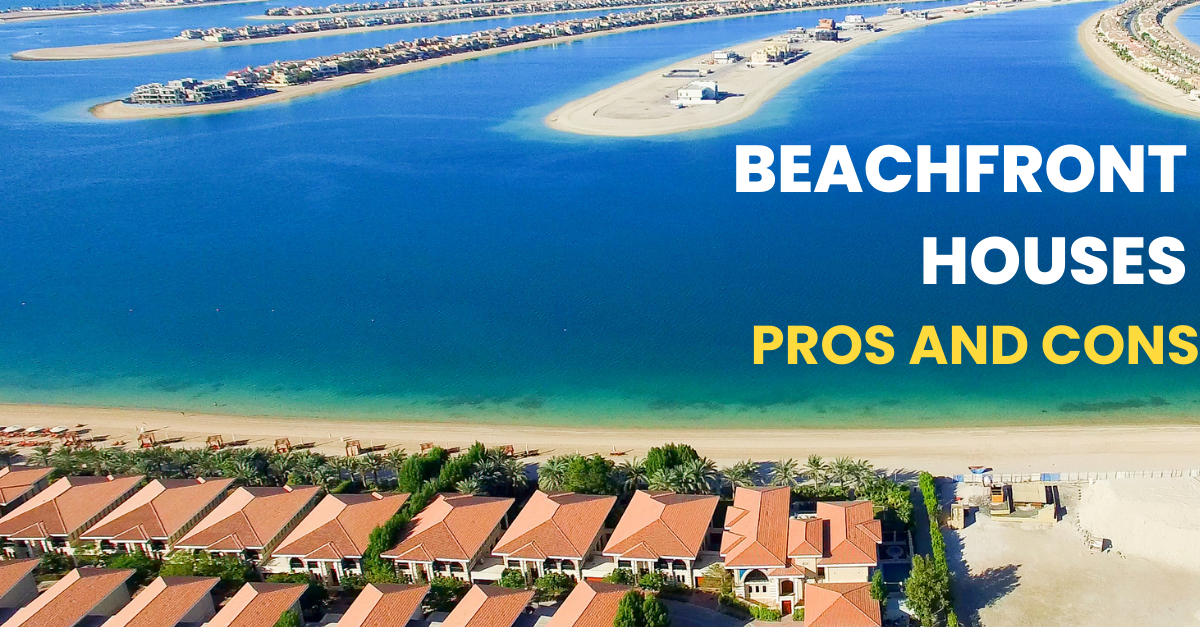Moving to the suburbs: A global real estate trend
Real estate is a slow-moving asset class, in terms of time taken by external factors to sway the market. And since it’s a capital-intensive investment, customers tend to bide their time, before closing the deal. So, when a certain pattern emerges in a short span, it naturally warrants attention. And there is such a recent trend, which cuts across geographies and real estate markets: Moving to the suburbs.
Across the globe, sellers and landlords, in suburbs and rural areas, are reporting increased and sustained demand for their properties. Experts believe that this trend is primarily pandemic driven, and a significant departure from the conventional ‘location-location-location’ approach to property buying and renting. But a few industry insiders believe that moving to the ‘burbs had been on people’s to-do list, for a while – with the COVID-19 outbreak removing any lingering doubt that they had to take the final plunge. Either way, it is in vogue now, and the influencing factors are as follows.
The pandemic
Throughout history, in the event of a pandemic, the first order of business has been reducing external contact. This is why cities were often worst affected, because the scope for physical distancing was limited, due to high-density housing and overpopulation. To address this, moving to suburbs is an obvious knee-jerk response. The suburbs are less susceptible to the transmission of COVID-19, with more distance between homes, and fewer people dependent on available healthcare infrastructure.
Affordability
For those who had suburban plans on the back burner for years, this pandemic and the subsequent financial policies have had a catalytic effect. Affordability is at an all-time high, in property markets. This has encouraged many to move from multi-family facilities, to single-family homes – which were previously out of their budget. Also, buyers are incentivized by decade-low borrowing rates. These positives are compounded by low cost of living and tax benefits, in rural areas.
The changing idea of “home”
In recent months, “home” has become more than just a place to live. Home, today, is a place to live, work, run a business, grow food, etc. These new functions cannot be accommodated in urban areas, where residents are often constrained to close quarters. As a result, people are turning to suburban single-family homes, with backyards, garages, and play areas for children, among other spaces.
Lifestyle choices
Real estate transactions are largely sentiment driven. And the current sentiment is in favor of eco-centric living, which advocates self-sufficiency and sustainability. Suburbs are an ideal choice for such lifestyle choices. Suburban dwellers can expect more quietude, compared to city buzz. And in case of single-family homes, multiple generations can be easily accommodated and sustained, without compromising on any of their needs.
The millennial and Gen-Z factor
According to a survey by Cowen and Company, around 48% of Millennials are living in suburbs in 2020, up from 44% just a year ago. Suburbanization is greater among Gen Z, with 49% respondents living in suburbs, up from 41% a year prior. These developments are fueled by many socio-economic factors: Millennials and Gen Z are more aligned with the remote economy, which enables them to work from anywhere; they are in ages associated with marrying, having kids, and settling down; and both generations are more open to relocating and moving homes.
The moving-to-suburbs trend is now beginning to manifest in predominantly urban markets like the UAE too. According to a survey by ServiceMarket, there is increasing demand for single-family homes in the outskirts of Dubai. Dubailand and its suburbs accounted for 12% of all move-ins, in the third quarter of 2020 – up 30% from the corresponding period in 2019. Tenants are driven by low rents per square foot in the suburbs, while buyers are being influenced by a confluence of factors, including attractive incentives for first-timers, the overall low-interest-rate environment, and government-led schemes like ‘Retire in Dubai’.
In real estate, buyer sentiments often follow cyclical patterns, where what seems outdated now will make a grand return down the road. However, with permanent work-from-home policies, eco-consumerism gaining a foothold, and rapid increase in digitization and connectivity, moving-to-suburbs could last longer than typical trends.



